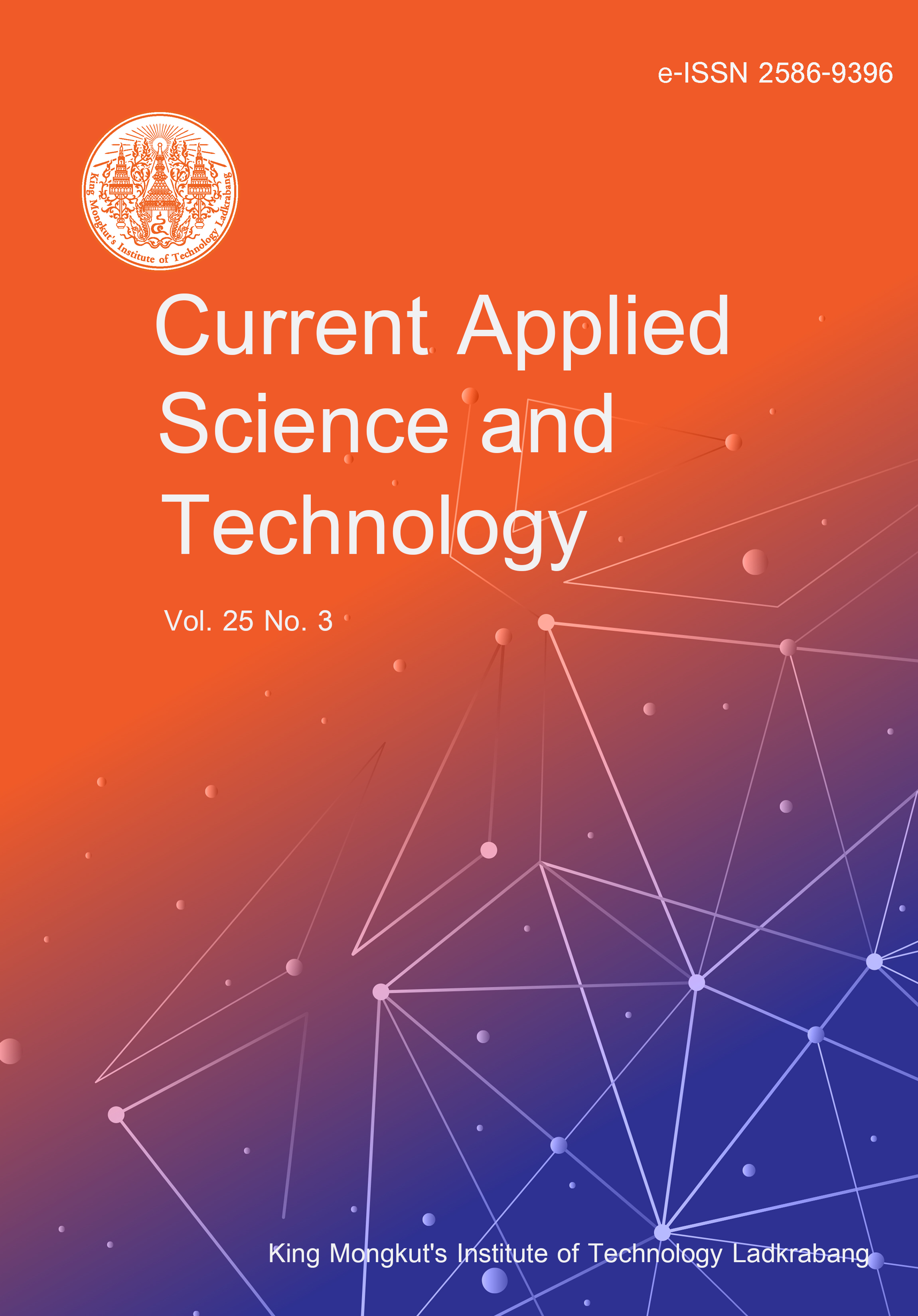Fe-doped ZnO nanomaterials were prepared by the co-precipitation method. The experiments used a solution of 0.5 M for ZnCl2, doped with FeSO4 in proportions of 0-100 wt.%, followed by the addition of 1 M for NaOH solution until a pH of 12 was reached. Next, the precipitated substances were calcinated at 550ºC for 3 h in air. SEM image analysis showed that the nanoparticles formed in the condition of pure ZnO and Fe2O3 whereas rod-shaped formed with Fe doping. Nanoparticles of ZnO transformed into nanorods when doped with Fe. EDS analysis detected Fe under the conditions of 3 and 5 wt.% doping. XRD patterns of ZnO and all doping of Fe in ZnO nanostructures were corresponded to a hexagonal wurtzite structure of ZnO which showed crystallite size in the range of 25-29 nm. The electrical properties of Fe-doped ZnO nanostructures were identified by the spectroscope measurements of fluorescence and ultraviolet-visible absorption, and the electrical conductivity was calculated. It was found that Fe doping at 3 wt.% produced the lowest energy band gap (based on spectroscopy results) and this condition was associated with the highest electrical conductivity of 0.21 x 10-3 (Ω.cm)-1 which was calculated from the measurement of electrical resistance by two probes. Therefore, Fe doping can improve the electrical properties of ZnO nanostructures.
Kingpho, P. ., & Toboonsung, B. . (2024). Improvement of the Electrical Properties of ZnO Nanomaterials with Fe by Co-precipitation Method. CURRENT APPLIED SCIENCE AND TECHNOLOGY, e0263485. https://doi.org/10.55003/cast.2024.263485

